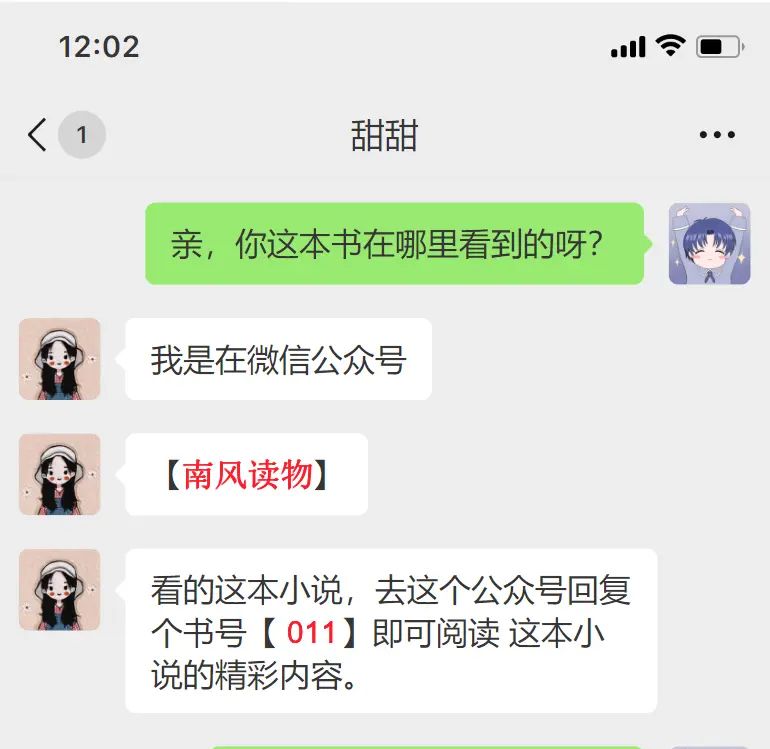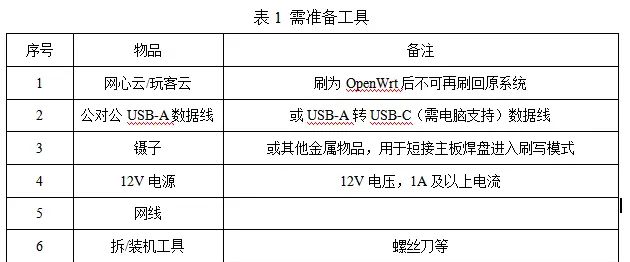filter()是Python中的高阶函数,用于过滤可迭代对象中的元素,返回一个由满足条件的元素组成的迭代器。它是函数式编程中的重大工具。
一、filter()的基本用法
1.1 方法签名
filter(function, iterable)- function:过滤函数,返回True或False(如果为None,则过滤掉假值)
- iterable:要过滤的可迭代对象
- 返回:过滤后的迭代器
1.2 基础示例
# 过滤偶数
numbers = [1, 2, 3, 4, 5, 6, 7, 8, 9, 10]
even_numbers = filter(lambda x: x % 2 == 0, numbers)
print(list(even_numbers)) # [2, 4, 6, 8, 10]
# 过滤非空字符串
words = ["hello", "", "world", " ", "python", None, "filter"]
non_empty = filter(lambda x: x and x.strip(), words)
print(list(non_empty)) # ['hello', 'world', 'python', 'filter']1.3 使用None作为过滤函数
# 过滤掉所有假值(False, None, 0, "", [], {}等)
values = [0, 1, False, True, "", "hello", [], [1, 2], None]
truthy_values = filter(None, values)
print(list(truthy_values)) # [1, True, 'hello', [1, 2]]二、filter()与列表推导式的对比
2.1 功能等价性
numbers = [1, 2, 3, 4, 5, 6, 7, 8, 9, 10]
# 使用filter()
even_filter = filter(lambda x: x % 2 == 0, numbers)
# 使用列表推导式
even_lc = [x for x in numbers if x % 2 == 0]
print(list(even_filter)) # [2, 4, 6, 8, 10]
print(even_lc) # [2, 4, 6, 8, 10]2.2 性能比较
import timeit
numbers = list(range(10000))
# filter()性能测试
def test_filter():
return list(filter(lambda x: x % 2 == 0, numbers))
# 列表推导式性能测试
def test_list_comprehension():
return [x for x in numbers if x % 2 == 0]
print("filter():", timeit.timeit(test_filter, number=100))
print("列表推导式:", timeit.timeit(test_list_comprehension, number=100))
# 一般列表推导式稍快,但差异不大2.3 选择提议
- 简单过滤:列表推导式更直观
- 已有判断函数:filter()更简洁
- 复杂条件:列表推导式更灵活
- 惰性求值:filter()返回迭代器,节省内存
三、实际应用场景
3.1 数据清洗
# 清理用户数据
raw_data = ["Alice", "", "Bob", " ", "Charlie", None, "David", "
"]
clean_data = list(filter(lambda x: x and x.strip(), raw_data))
print(clean_data) # ['Alice', 'Bob', 'Charlie', 'David']
# 过滤无效数字
def is_valid_number(value):
try:
float(value)
return True
except (ValueError, TypeError):
return False
values = ["3.14", "2.71", "invalid", "1.618", None, "123"]
valid_numbers = filter(is_valid_number, values)
print(list(valid_numbers)) # ['3.14', '2.71', '1.618', '123']3.2 复杂条件过滤
# 复合条件过滤
class Product:
def __init__(self, name, price, in_stock):
self.name = name
self.price = price
self.in_stock = in_stock
products = [
Product("Laptop", 1000, True),
Product("Mouse", 25, False),
Product("Keyboard", 75, True),
Product("Monitor", 300, True),
Product("Webcam", 45, False)
]
# 过滤库存且价格低于100的产品
affordable_in_stock = filter(lambda p: p.in_stock and p.price < 100, products)
result = [p.name for p in affordable_in_stock]
print(result) # ['Keyboard']3.3 多层过滤
# 组合多个过滤条件
def create_filter_pipeline(*conditions):
"""创建过滤管道"""
def combined_filter(item):
return all(condition(item) for condition in conditions)
return combined_filter
# 定义多个过滤条件
conditions = [
lambda x: x > 0, # 正数
lambda x: x % 2 == 0, # 偶数
lambda x: x < 100, # 小于100
lambda x: len(str(x)) == 2 # 两位数
]
numbers = range(-50, 150)
pipeline_filter = filter(create_filter_pipeline(*conditions), numbers)
print(list(pipeline_filter)) # [10, 12, 14, ..., 98]四、高级用法与技巧
4.1 使用内置函数和模块
import math
# 使用math模块函数
numbers = [1, 4, 9, 16, 25, 36, 49]
perfect_squares = filter(lambda x: math.isqrt(x)**2 == x, numbers)
print(list(perfect_squares)) # [1, 4, 9, 16, 25, 36, 49]
# 使用字符串方法
words = ["hello", "world", "python", "programming", "filter"]
long_words = filter(lambda x: len(x) > 5, words)
print(list(long_words)) # ['python', 'programming', 'filter']4.2 与map()配合使用
import math
# 使用math模块函数
numbers = [1, 4, 9, 16, 25, 36, 49]
perfect_squares = filter(lambda x: math.isqrt(x)**2 == x, numbers)
print(list(perfect_squares)) # [1, 4, 9, 16, 25, 36, 49]
# 使用字符串方法
words = ["hello", "world", "python", "programming", "filter"]
long_words = filter(lambda x: len(x) > 5, words)
print(list(long_words)) # ['python', 'programming', 'filter']4.2 与map()配合使用
from itertools import filterfalse
# filterfalse返回不满足条件的元素
numbers = [1, 2, 3, 4, 5, 6]
odd_numbers = filterfalse(lambda x: x % 2 == 0, numbers)
print(list(odd_numbers)) # [1, 3, 5]
# 相当于 filter(lambda x: not condition(x), iterable)五、性能优化与内存管理
5.1 惰性求值优势
# 处理大型数据集时节省内存
def large_data_generator():
for i in range(1000000):
yield i
# 使用filter(惰性求值)
large_filter = filter(lambda x: x % 1000 == 0, large_data_generator())
# 此时还没有实际计算,不占用内存
# 需要时逐步处理
for i, value in enumerate(large_filter):
if i >= 5: # 只处理前5个
break
print(value) # 0, 1000, 2000, 3000, 40005.2 生成器表达式对比
# filter vs 生成器表达式
numbers = range(1000000)
# filter
even_filter = filter(lambda x: x % 2 == 0, numbers)
# 生成器表达式
even_gen = (x for x in numbers if x % 2 == 0)
# 两者都是惰性的,内存友善六、常见问题解答
6.1 filter()返回什么类型?
numbers = [1, 2, 3, 4, 5]
result = filter(lambda x: x % 2 == 0, numbers)
print(type(result)) # <class 'filter'>
# 返回filter对象(迭代器),不是列表6.2 如何多次使用filter()结果?
numbers = [1, 2, 3, 4, 5]
even = filter(lambda x: x % 2 == 0, numbers)
# filter对象是迭代器,遍历一次后耗尽
list1 = list(even) # [2, 4]
list2 = list(even) # [] (已耗尽)
# 解决方案:转换为列表或重新创建
even_list = list(filter(lambda x: x % 2 == 0, numbers)) # 转换为列表
# 或者
even = list(filter(lambda x: x % 2 == 0, numbers)) # 直接存储列表6.3 处理复杂数据结构
numbers = [1, 2, 3, 4, 5]
even = filter(lambda x: x % 2 == 0, numbers)
# filter对象是迭代器,遍历一次后耗尽
list1 = list(even) # [2, 4]
list2 = list(even) # [] (已耗尽)
# 解决方案:转换为列表或重新创建
even_list = list(filter(lambda x: x % 2 == 0, numbers)) # 转换为列表
# 或者
even = list(filter(lambda x: x % 2 == 0, numbers)) # 直接存储列表6.3 处理复杂数据结构
class Validator:
@staticmethod
def is_valid_email(email):
return email and "@" in email and "." in email.split("@")[-1]
emails = ["alice@example.com", "invalid", "bob@test", "charlie@domain.org"]
valid_emails = filter(Validator.is_valid_email, emails)
print(list(valid_emails)) # ['alice@example.com', 'charlie@domain.org']七、总结最佳实践
- 简单过滤:优先使用列表推导式
- 已有判断函数:使用filter()更简洁
- 复杂条件:组合多个过滤函数
- 大数据集:利用filter()的惰性求值特性
- 代码可读性:为复杂条件命名或使用注释
# 综合示例:数据验证管道
def create_validation_pipeline(*validators):
"""创建数据验证管道"""
def validate_item(item):
return all(validator(item) for validator in validators)
return validate_item
# 定义验证器
def is_positive(number):
return number > 0
def is_even(number):
return number % 2 == 0
def is_two_digit(number):
return 10 <= number < 100
# 创建验证管道
validate_pipeline = create_validation_pipeline(is_positive, is_even, is_two_digit)
# 过滤数据
numbers = range(-50, 150)
filtered = filter(validate_pipeline, numbers)
print(list(filtered)) # [10, 12, 14, ..., 98]filter()函数是Python函数式编程的重大工具,特别适合数据过滤和清洗场景。合理使用可以使代码更简洁、更高效,特别是在处理大型数据集时,其惰性求值特性可以显著节省内存。
© 版权声明
文章版权归作者所有,未经允许请勿转载。如内容涉嫌侵权,请在本页底部进入<联系我们>进行举报投诉!
THE END






















暂无评论内容